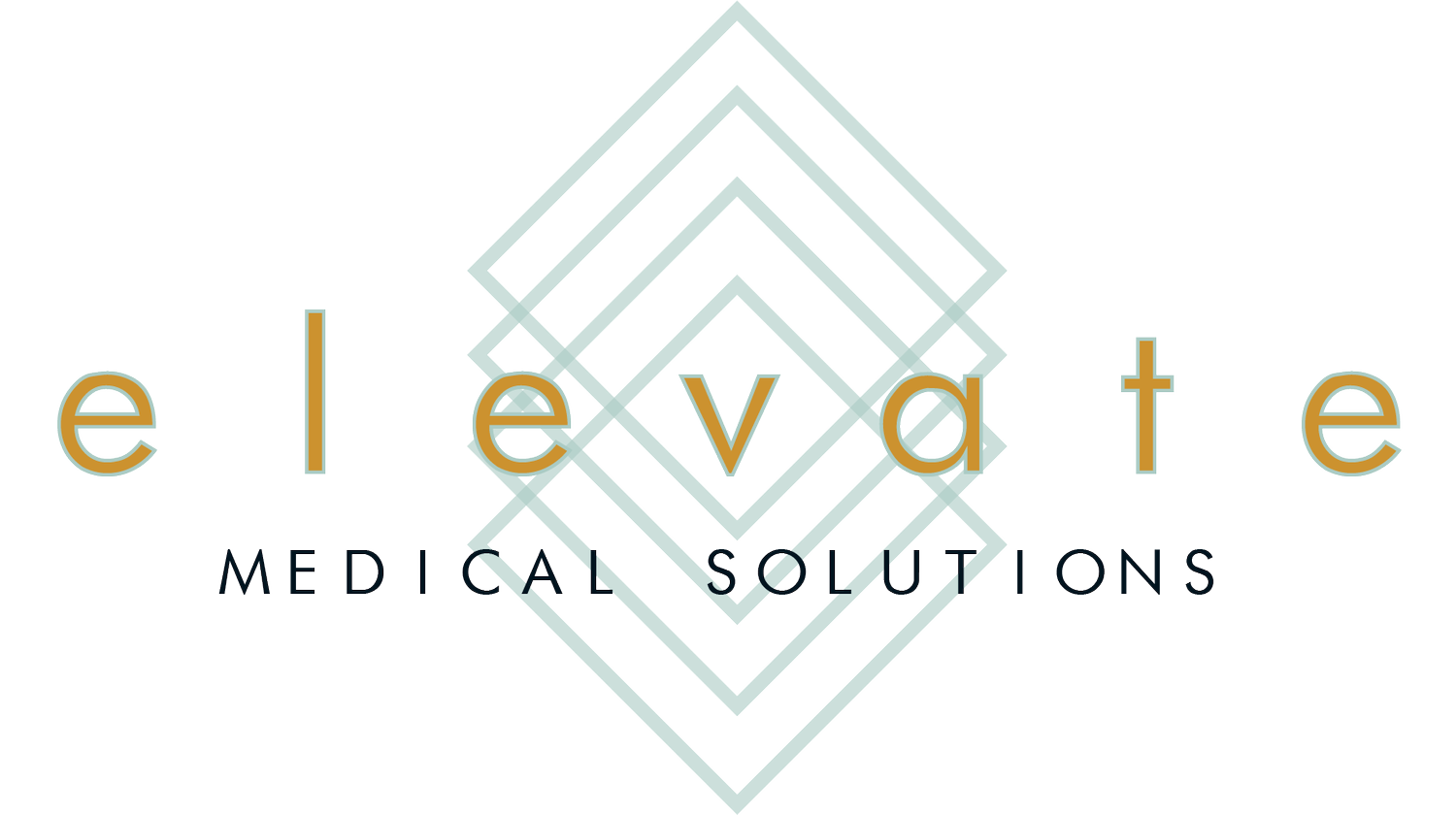Medical Record Documentation Best Practices: Maximizing Medical Claim Reimbursement
The documentation of a clinical encounter plays a critical role not only in the care of a patient but also in ensuring that healthcare providers receive appropriate reimbursement for the services they provide. Documentation not only illustrates the patient’s “story” but also is pivotal in preventing claim denials, reducing risks of audits, and ensuring that healthcare providers are compensated fairly for their work. Here are some best practices to help healthcare providers maximize reimbursement through effective medical documentation.
Establish Clear Documentation Guidelines to Ensure Consistency Across Records
Medicolegal documentation can be created or produced by numerous methods; traditional dictation/transcription, scribes, technology applications including front-end speech, or self-entry of details into an EHR system. Regardless of how the clinical encounter documentation is created, each healthcare provider bears the responsibility of ensuring that all patient interactions, procedures, diagnoses, and treatment plans are accurately and thoroughly documented for continuity of patient care as well as maximum reimbursement. All clinical documentation should follow established guidelines for the facility or organization. These guidelines, based on evolving industry standards striving for clear, concise, and organized documentation, should outline the necessary elements of complete and accurate medical records, including core criteria related to the chief complaint, patient history, pertinent review of systems, and physical exam, problem lists, laboratory and diagnostic tests ordered and clear indications for testing, treatment plans consistent with diagnoses, and follow-up care. These guidelines should address expectations for the above-named elements of the clinical documentation as well as formatting, placement of information within the note, abbreviations usage, template usage, smart phrase usage, and address the use of cloning, copy forward, or copy/paste. It is important for organizations to examine and establish best practice guidelines for documentation as these guidelines help to ensure uniform, accurate, and detailed clinical documentation which is essential for justifying the level of service provided. Guidelines should foster a culture of responsibility and accountability for clear, concise clinical documentation, as well as support continuous documentation improvement efforts in the ever-changing clinical landscape.
Be Detailed and Specific
Each healthcare provider bears the responsibility of ensuring that all patient interactions, procedures, diagnoses, and treatment plans are accurately and thoroughly documented. Specificity in the provider’s documentation of the encounter is the mechanism that supports the necessity of the services rendered and aligns with coding requirements. Ensuring that each encounter’s documentation allows someone other than the author of the documentation to determine the level of medical decision-making is paramount to supporting the claim for payment. When creating documentation of the encounter it is important to keep in mind the Guidelines for E/M Services as noted in the CPT code book. The number of potential diagnoses and management options considered during an encounter, the amount and complexity of data to be reviewed, and the risk of complications, morbidity, and mortality associated with the encounter should be clear, specific, and concise. Having a place to document language supporting elements of MDM such as new or established patient, independent historian, specificity of lab/imaging ordered, prescription management/treatment plan changes, risks, benefits, alternatives and counseling discussions for procedures, treatments, vaccinations and immunizations again ensures continuity of patient care and maximal claim reimbursement.
Document Medical Necessity
Insufficient documentation or no documentation to support medical necessity are among the highest errors cited by the Centers for Medicare & Medicaid Services (CMS) CERT Program. Clearly documenting medical necessity for each service provided is crucial for ensuring that services are deemed necessary and appropriate, covered by the payer, and reimbursable. Best practices to establish necessity include detailed chief complaint and patient histories including present illness as well past medical, surgical, social, and family history, clinical examinations/observations both normal or abnormal, diagnoses including considered differential diagnoses and why those differential diagnoses were ruled out, as well documenting why tests, treatments, or procedures were required based on the patient’s medical condition. Medical necessity documentation is a key factor that payers consider when determining whether to approve and reimburse claims. Specificity of medical necessity documentation is essential to support code selection and reimbursement.
Include Time-Based Documentation
The CPT (Current Procedural Terminology) codes and guidelines by the American Medical Association (AMA) included key updates for 2024 regarding time-based documentation aimed at streamlining the time-based documentation process. Clear documentation of total time is needed to support code selection. Avoid vague or incomplete time statements, approximations of time and time ranges when documenting total time spent. Remember, time-based documentation of total time includes more than “face-to-face” time spent with a patient and documenting simply “face-to-face” time could lead to under-coding and lower reimbursement and likely is not a true representation of the total time spent by the healthcare provider. Templates, if used, for time-based documentation should be crafted carefully to ensure that time is accurately documented for each encounter and not simply a static value within the template. Guideline changes for 2024 are noted below:
Prolonged Services: The definition and coding for prolonged services have been refined to ensure clarity. This includes specific codes for different time increments and distinguishing between inpatient and outpatient settings.
Split/Shared Visits: There are clearer guidelines on how to document split/shared visits between physicians and qualified healthcare professionals, including the allocation of time and responsibilities.
Time Thresholds: New thresholds for time-based reporting have been established, making it easier to determine when additional documentation is needed for extended services.
E/M Services: Changes to Evaluation and Management (E/M) codes, including revised definitions and documentation requirements for time-based reporting, have been implemented to reduce administrative burden and improve accuracy.
Telehealth: Adjustments have been made to accommodate the increased use of telehealth services, with specific guidelines for documenting time spent on virtual visits.
It is essential to stay up to date on these, and all, guideline changes for proper documentation and billing.
Leverage Technology
Electronic health records (EHR) systems become more sophisticated daily with Artificial Intelligence (AI) and Machine Learning (ML), and these systems can be utilized to streamline documentation processes and promote accuracy. EHRs provide the ability to create, utilize, and maintain templates for documentation, as well as additional features including auto-populated field features designed to save time and reduce errors. Checklists and alerts allow prompts for omitted information at the time of documentation creation reducing addendums or queries to supply additional documentation. The use of EHRs can improve documentation efficiency and accuracy allowing the healthcare provider to ensure compliance with payer requirements. While leveraging EHR systems to streamline documentation processes and tasks, it is important to provide ample opportunity for documenting the narrative of the medical decision-making process and medical necessity.
Conduct Regular Training and Perform Internal Documentation Audits
Provide regular training on documentation best practices. Ensure everyone involved in the documentation process understands the importance of accurate, thorough, and compliant documentation. This continuous education and training is vital for maintaining high documentation standards. Offer regular training sessions on the latest documentation requirements, coding updates, and best practices. Incorporate real-life scenarios and case studies to make the training more practical and engaging. Conduct periodic internal audits of your medical records to identify and address any documentation deficiencies. Audits are one tool in the toolkit that can ensure compliance with payer requirements, reduce the risk of external audits, and improve overall documentation quality.
Ongoing Training: Regularly update training for healthcare providers on documentation best practices.
Feedback and Audits: Conduct periodic audits and provide feedback to improve documentation quality.
This commitment to ongoing education & training, audits, and practical feedback can help reduce errors and improve reimbursement rates.
Collaborate with Billing, Coding, and Documentation Specialists
Close work with internal billing, coding, and documentation specialists helps ensure clinical documentation accurately reflects the services provided, aligns with coding requirements, and identifies areas for improvement. An organization may opt to partner with a trusted RCM partner such as Elevate Medical Solutions to further these efforts.
In conclusion, by establishing best practices for documentation, training healthcare professionals on adhering to these practices, and providing ongoing education through documentation feedback and audits, healthcare organizations can ensure that their medical encounter documentation is consistent, compliant, and clearly supports the level of service and medical necessity, thus facilitating proper reimbursement and minimizing the risk of claim denials.
ELEVATE MEDICAL SOLUTIONS: YOUR TRUSTED PARTNER MEDICAL CODING
At Elevate, we’re dedicated to helping medical coders like you excel. Stay ahead of the curve by subscribing to our blog for the latest resources, industry insights, and exclusive webinars where you can earn AHIMA-approved CEUs—all for free.
Join Our Community Today!

